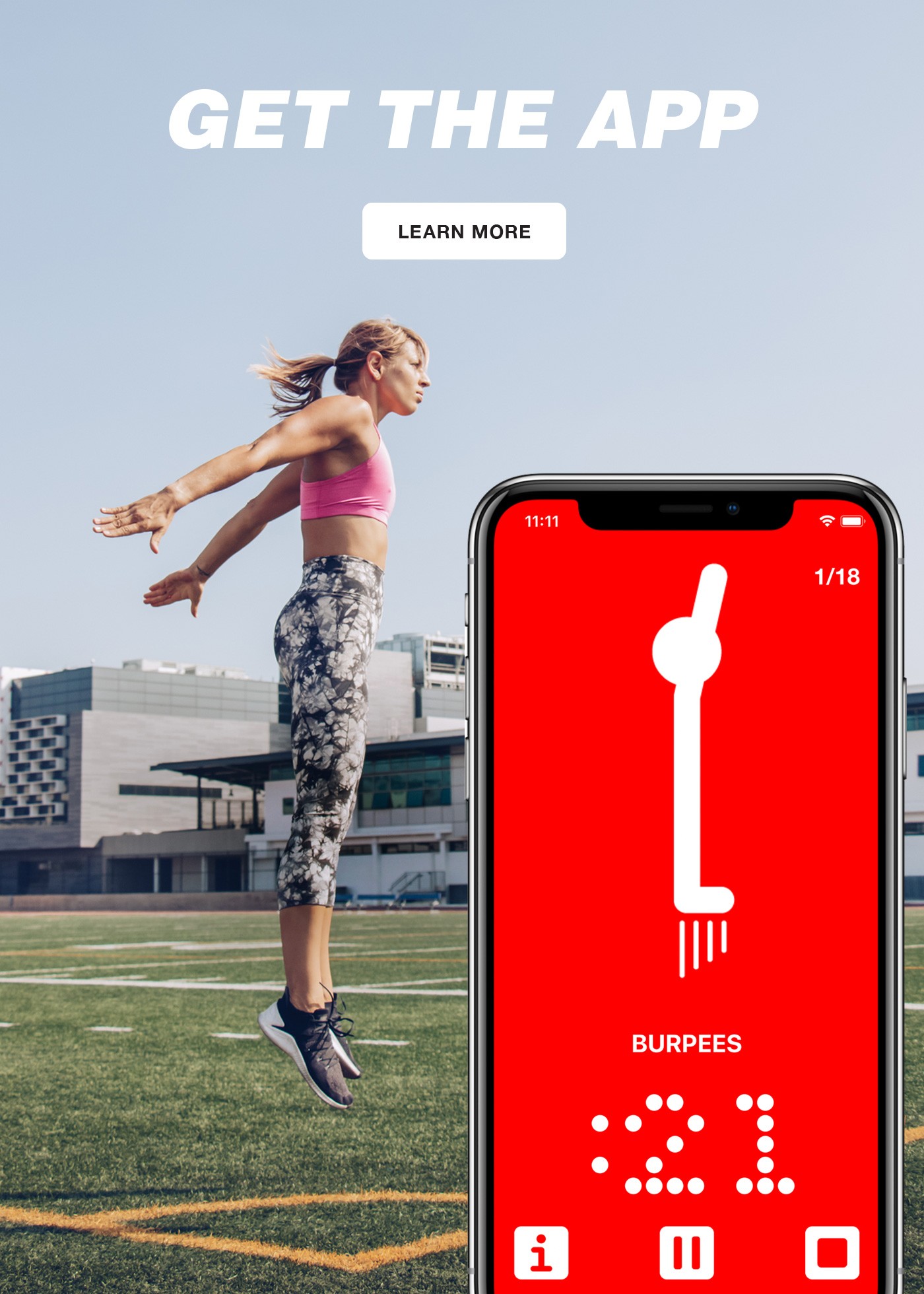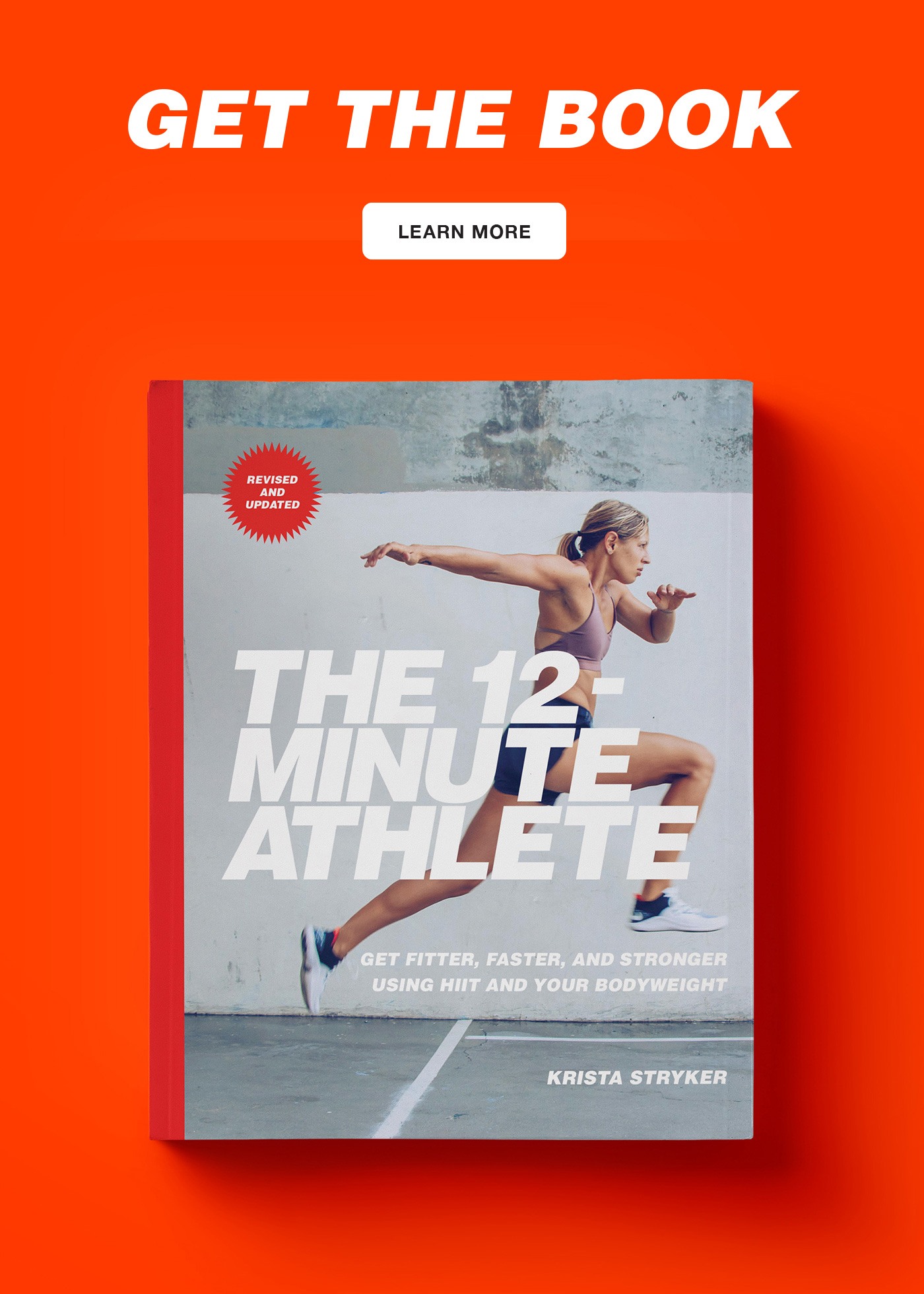
I once almost got a tattoo that said “hustle.”
At the time, I was still newly out of college and trying to figure out what to do with my life. I was living in San Francisco, surrounded by techies and startup founders — the type of people who glorify long hours and live off of copious amounts of caffeine and very little sleep.
Growing up, I never had to work very hard to get straight A’s. School came fairly easily to me, so I skated by, often doing the bare minimum to keep my grades up. But the real world doesn’t work that way. In the real world, you can’t get by without putting in effort.
So I learned to hustle.
I worked harder. I put in long hours. I figured I could rest later — when I had finally reached my goals.
I put this same more-is-better thinking into my workouts.
In my mind, if one strenuous workout a day was good, two must be better. If running sprints twice a week resulted in gains, sprinting three or four times a week must result in even more.
Working hard became a staple of my identity.
But as every successful athlete, entrepreneur, or businessperson eventually must learn, hard work alone isn’t enough to help you reach your goals. High achievers like to feel like they’re doing something – anything – to continue making progress. Action feels much better than inaction. But action, or more hard work, isn’t always the answer.
Without balance, hard work done for too long eventually results in burnout, sickness, injury, depression, and worst of all, dream abandonment.
This is what happens to me every time I fall into the hard-work-is-better trap. The hustling works for a little while, but eventually, it catches up to me. I end up getting injured, depressed, or burnt out to the point where I want to give up altogether. Rather than making faster progress toward my goals as I’d hoped to, I end up stalling or even going backward.
If you want to make continuous progress toward your goals, don’t just blindly put in more work.
Figure out the most efficient way to get where you want to go and learn to work more effectively. This requires building an understanding that rest and recovery are part of the process of long-term growth.
This is a hard lesson for high achievers to learn. As Brad Stulberg and Steve Magness write in Peak Performance: Elevate Your Game, Avoid Burnout, and Thrive with the New Science of Success:
“In a society that glorifies grinding, short-term gains and pushing to extremes, it takes guts to rest.”
Of course, there will undoubtedly be times in your life where working harder is necessary. Sprinting, for example, results in the most gains when you run as fast as you possibly can. Similarly, there might be times in your career where you need to hustle hard and work long hours to make your dreams happen.
The key to taking advantage of these periods of hard work is to learn to rest and recover along the way. Follow your sprint day with an easy active recovery day. Take a couple of days or even just an evening off to spend time with friends and family, do some self-care, and recuperate after a high-stress time at work.
Understanding when to step back and rest rather than pointlessly push through will help you steadily make progress toward your long-term goals. Learn to listen to your body and mind and recognize when you’re on the brink of burnout.
While others around you go too hard too quickly and end up quitting, you’ll still be chipping away at your dreams.
Play the long game. Part of the hustle is learning that hard work and rest go hand in hand.


